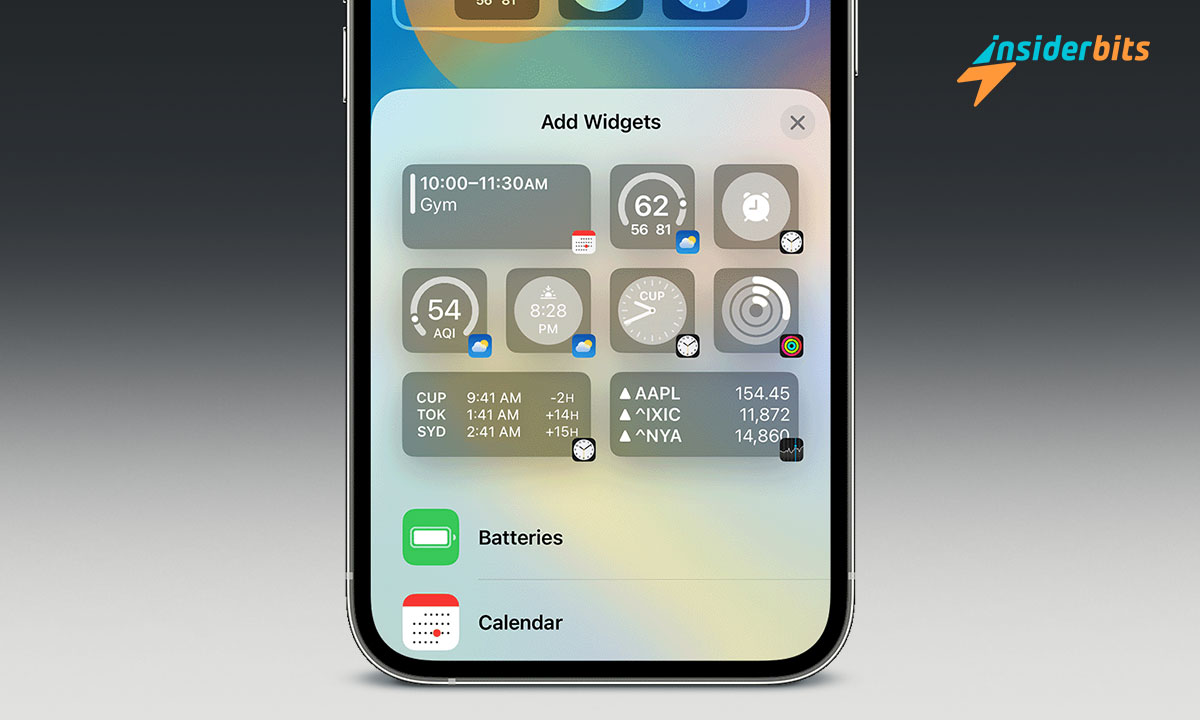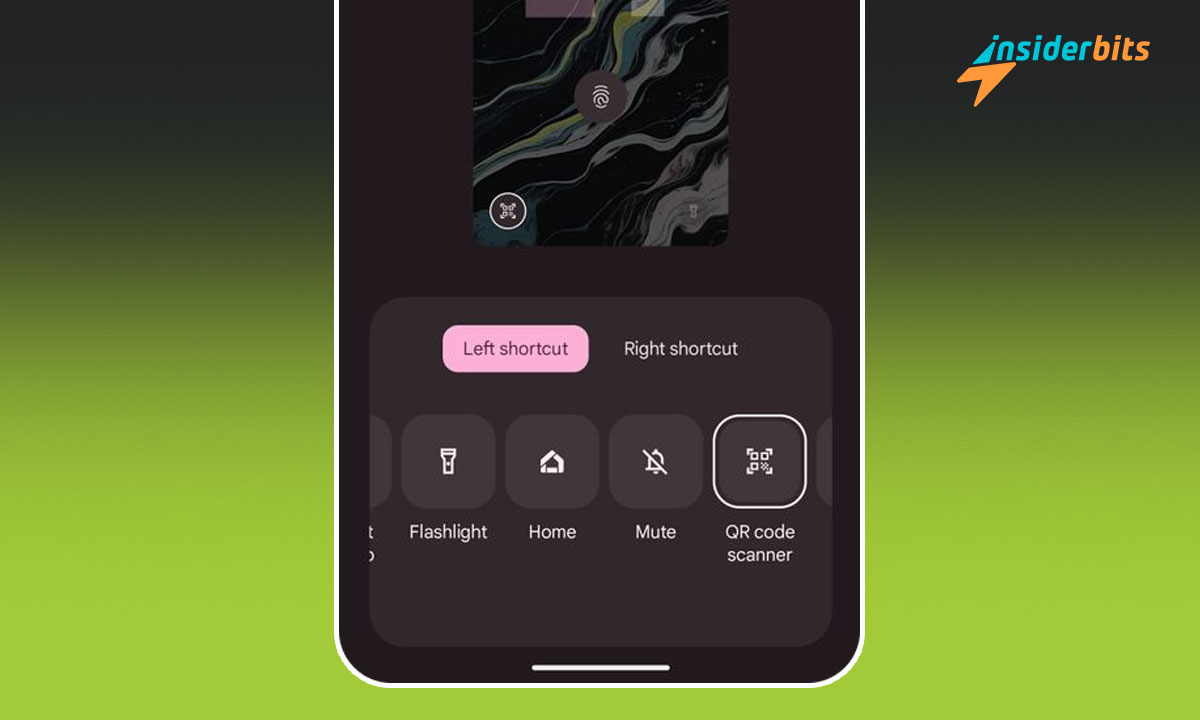Smartphones have become an integral part of our lives, and we use them for various purposes. However, with the increasing use of smartphones, the risk of data breaches and privacy violations has also increased.
One of the ways to protect your privacy and data is by managing app permissions on your Android device. In this article, Insiderbits will discuss how to manage and understand app permissions on Android.
We will explore the different types of permissions, how they work, and how to change them. Whether you are a developer or a user, this guide will help you understand app permissions on Android.
App Permissions on Android: What is it?
App permissions on Android are the permissions that an app requests to access certain files, resources, or data on your device. These permissions are designed to protect your privacy and data by limiting an app’s access to sensitive information.
When you install an app, it will ask you to accept each of its requested permissions via a message on the screen. Apps cannot automatically grant themselves permissions, and users have to confirm them. Most of Android’s app permissions are self-explanatory, but there are different types of permissions, such as body sensors, calendars, call logs, and cameras.
You can always go back and readjust your preferences at a later date through your phone’s settings menu.
Understanding Android App Permissions and its Levels
Android app permissions are categorized into two levels: normal and dangerous.
Normal permissions are those that do not pose a significant risk to the user’s privacy or the device’s operation. These permissions are automatically granted by the system itself, and the user does not have control over it. Examples of normal permissions include access to the internet, access to the network state, and access to the vibrator.
On the other hand, dangerous permissions are those that can potentially harm the user’s privacy or the device’s operation. These permissions require the user’s explicit consent before they can be granted. Examples of dangerous permissions include access to the camera, access to the microphone, and access to the user’s contacts.
How To Manage, Review, and Adjust App Permissions on Android – Step by Step
You have two practical options for checking permissions: either organize apps based on permissions or inspect each app separately. Either way, to start managing permissions, you should begin by accessing the Android Settings menu. Here are the steps to manage app permissions on Android:
Method 1:
- Open the Settings app on your phone.
- Click on Apps.
- Choose the app you’d like to manage, then click on Permissions.
- Tap the permission you’d like to manage.
- Finally, drag the icon to choose whether you’d like to allow or disallow the permission.
Method 2:
- Open the Settings app on your phone.
- Scroll down and select Privacy or Permission Manager.
- Tap the permission icon that you’d like to manage.
- All the apps using the permission you’ve selected will be displayed. Tap the app you’d like to manage.
- Tap the icon to allow or disallow the permission.
By following these steps, you can manage, review, and adjust app permissions on Android to protect your privacy and data.
App Permissions on Android – Security and Privacy Concerns
Granting permissions to certain apps on Android can have security and privacy implications. The app permission model regulates how applications access certain sensitive resources, such as users’ personal information or sensor data.
For example, granting camera permission to an app can allow it to take photos, record footage, and stream video. Similarly, granting microphone permission can allow an app to record audio.
Therefore, it is essential to review and manage app permissions on Android to protect your privacy and data. That’s why users should be cautious when granting permissions to apps and should only grant permissions that are necessary for the app’s functionality.
It is also recommended to keep your apps updated to the latest version, as developers often release updates to fix security vulnerabilities and bugs.
How To Manage and Understand App Permissions on Android – Conclusion
In conclusion, managing and understanding app permissions on Android is crucial for protecting your privacy and data. By regularly checking and adjusting permissions, users can strike a balance between app functionality and security concerns.
Choosing apps carefully and granting permissions wisely enhances digital security. By following these best practices, you can protect your privacy and data while using Android apps.
Related: How to Transfer Files to the Computer Without Cables with Mobile to PC File Transfer
Like this article? Add the Insiderbits blog to your favorites and visit us whenever you want to learn new and exciting information about technology and much more!





